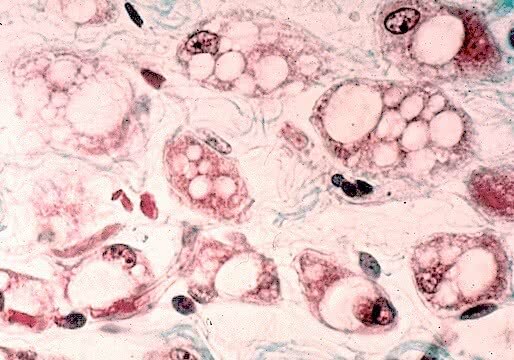Often, when talking about selective collection, we are reminded of those colorful containers, which often confuse us when we have to throw something away. However, there are more practical and easier ways to separate our garbage, which we can apply in our homes.
In a box, for example, we can separate the recycled paper: boxes, cardboard, office paper, newspapers, magazines, cardboard, among others, without being rolled up, covered in grease or food scraps.
In another container, the rest of the dry garbage: plastics, glass and metals. Plastic bags and bags, CDs, floppy disks, cleaning product packaging, yogurt and margarine jars, PET bottles, tubes, milk and juice cartons, plastic bottles beverages, food product jars, cups, aluminum cans, food product cans, bottle caps, metallic frozen food containers, among others, are some of the examples. It is important to emphasize that these products must be previously cleaned as, when put together, they can cause a bad smell and even attract animals undesirable - not to mention that the dirt harms the work of those who will be in charge of separating these materials for recycling properly said.
Some people, especially those who live in houses, often have gardens or potted plants. In these cases, it may also be interesting to separate organic waste, which is generated from the disposal of food, leftover meals, peels and stalks. From it, composting systems can be made, or even earthworms. The result is a very rich compound for plants.
Do not stop now... There's more after the advertising ;)
If it is not feasible to reuse organic waste, this and non-recyclable waste can be accommodated in the same container, usually called wet garbage. It is important to always check if there is no possibility of reusing any of these materials.
Carbon paper, cellophane, tracing paper, film, waxed or plasticized paper, toilet paper, tissue paper, napkins, photographs, thermoset plastics, metallic plastic packaging, Styrofoam, mirrors, lamps, medicine ampoules, ceramics, porcelain, TV tubes, cell phones, clips, staples, steel sponges, thumbtacks, nails, etc., are examples of what is not recyclable.
Of these separate items, only wet garbage can be considered garbage itself, which is usually sent to landfills. Considering the destination of this material, it is important not to discard batteries, cells, lamps, used oil and other residues that are known to compromise the environment; seeking information, in your city, where these can be delivered.
Paper and other recyclable materials can be donated to collectors, recycling cooperatives, or to your city's selective collection program, if any.
The non-profit association Cempre makes available in its site, a search engine that allows you to find cooperatives, scrap dealers and recyclers across the country. THE tetra pak it also offers a search engine, which helps visitors to find places that collect and/or recycle their packaging.
By Mariana Araguaia
Graduated in Biology

